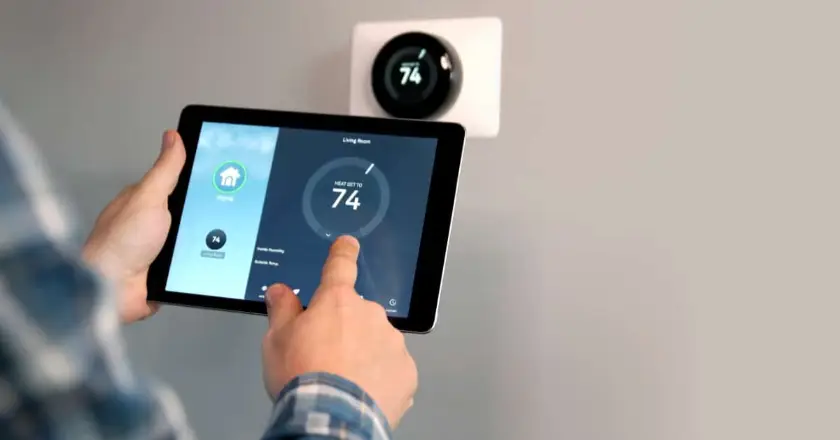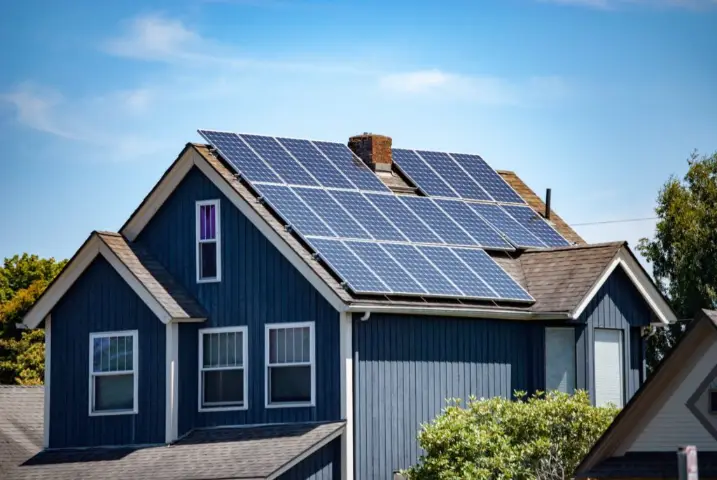In the quest for sustainability, homeowners are increasingly looking toward greener alternatives in every aspect of their homes. One significant area of focus is the heating, ventilation, and air conditioning (HVAC) system, which plays a pivotal role in maintaining comfort while impacting both energy consumption and environmental footprint.
This guide explores innovative green HVAC solutions that not only contribute to a more eco-friendly home but also offer long-term cost savings and enhanced living quality.
1. Energy-Efficient HVAC Systems
The heart of green HVAC solutions lies in energy efficiency. Advanced HVAC models designed for eco-conscious homes prioritize reduced energy consumption without compromising on performance. These systems utilize technologies such as variable-speed compressors and smart thermostats to optimize energy use. AtHomePrep recommends looking for technicians who specialize in installing Energy Star-rated models that exceed government standards for energy efficiency. By choosing such systems, homeowners can significantly lower their carbon footprint and utility bills.
2. Geothermal Heat Pumps
Geothermal heat pumps represent the pinnacle of eco-friendly heating and cooling. These systems leverage the stable temperatures of the earth to provide heating in the winter and cooling in the summer. Although the initial installation cost can be high, the long-term savings and environmental benefits are substantial. Geothermal solutions are known for their longevity, reliability, and minimal environmental impact, making them a smart investment for the eco-minded homeowner.
3. Solar HVAC Systems
Harnessing solar energy to power HVAC systems is a forward-thinking approach to green living. Solar HVAC systems integrate solar panels with traditional HVAC components, reducing reliance on grid electricity. This not only cuts down on utility costs but also diminishes the home’s carbon footprint.
Additionally, solar-powered HVAC systems often qualify for tax credits and incentives, making them an attractive option for sustainable home improvement.
4. Smart Thermostats And Automation

Smart thermostats are a cornerstone of modern green HVAC solutions. These devices allow homeowners to control and automate their home’s temperature settings remotely, ensuring energy is used efficiently. With features like learning algorithms, they adjust heating and cooling based on your habits and preferences, reducing energy waste. Additionally, integration with other smart home systems further enhances the eco-friendliness and convenience of these solutions.
5. Regular Maintenance And Eco-Friendly Practices
An often-overlooked aspect of green HVAC solutions is regular maintenance. Ensuring that your HVAC system is running efficiently and without faults can significantly reduce its environmental impact. This includes regular cleaning of filters, checking for leaks, and timely servicing. Adopting eco-friendly practices like insulating your home and using energy-efficient windows also aids in reducing the overall load on your HVAC system.
6. Using Renewable Energy Sources

Incorporating renewable energy sources like wind or solar power to run your HVAC system can drastically reduce your home’s reliance on fossil fuels. This step, while more complex, signifies a deep commitment to eco-friendly living. Homeowners can explore local renewable energy programs or consider installing their own solar panels or wind turbines, depending on geographic feasibility.
Moreover, integrating renewable energy into your HVAC system is not just about environmental stewardship; it also offers financial benefits in the long run. Governments often provide incentives, such as tax rebates or grants, for adopting renewable energy solutions, making them more accessible. Additionally, these systems can generate excess energy that can be stored or even sold back to the grid in some regions, creating a potential income stream or offsetting initial costs. In terms of design, renewable energy systems can often be seamlessly integrated with existing HVAC setups, ensuring a smooth transition to a more sustainable home environment.
7. Using Natural Ventilation And Passive Cooling Techniques
One often underutilized strategy in green HVAC solutions is the use of natural ventilation and passive cooling techniques. These methods harness natural forces like wind and thermal buoyancy to maintain comfortable indoor temperatures, reducing reliance on mechanical systems. Design elements like strategically placed windows, vents, and thermal mass can significantly improve airflow and cooling.
Landscaping with trees and plants can also provide natural shade and contribute to a cooler environment inside the home. Employing these techniques, homeowners can create a more sustainable living space that aligns with nature while minimizing energy use and costs.
Conclusion
Adopting green HVAC solutions is a practical and impactful way for environmentally conscious homeowners to contribute to a more sustainable future. From energy-efficient systems to renewable energy sources, the options are varied and adaptable to different needs and budgets. By making these eco-friendly choices, homeowners not only help protect the environment but also enjoy enhanced comfort and reduced energy costs. In the journey towards a greener home, every small step counts towards a significant positive impact on our planet.
